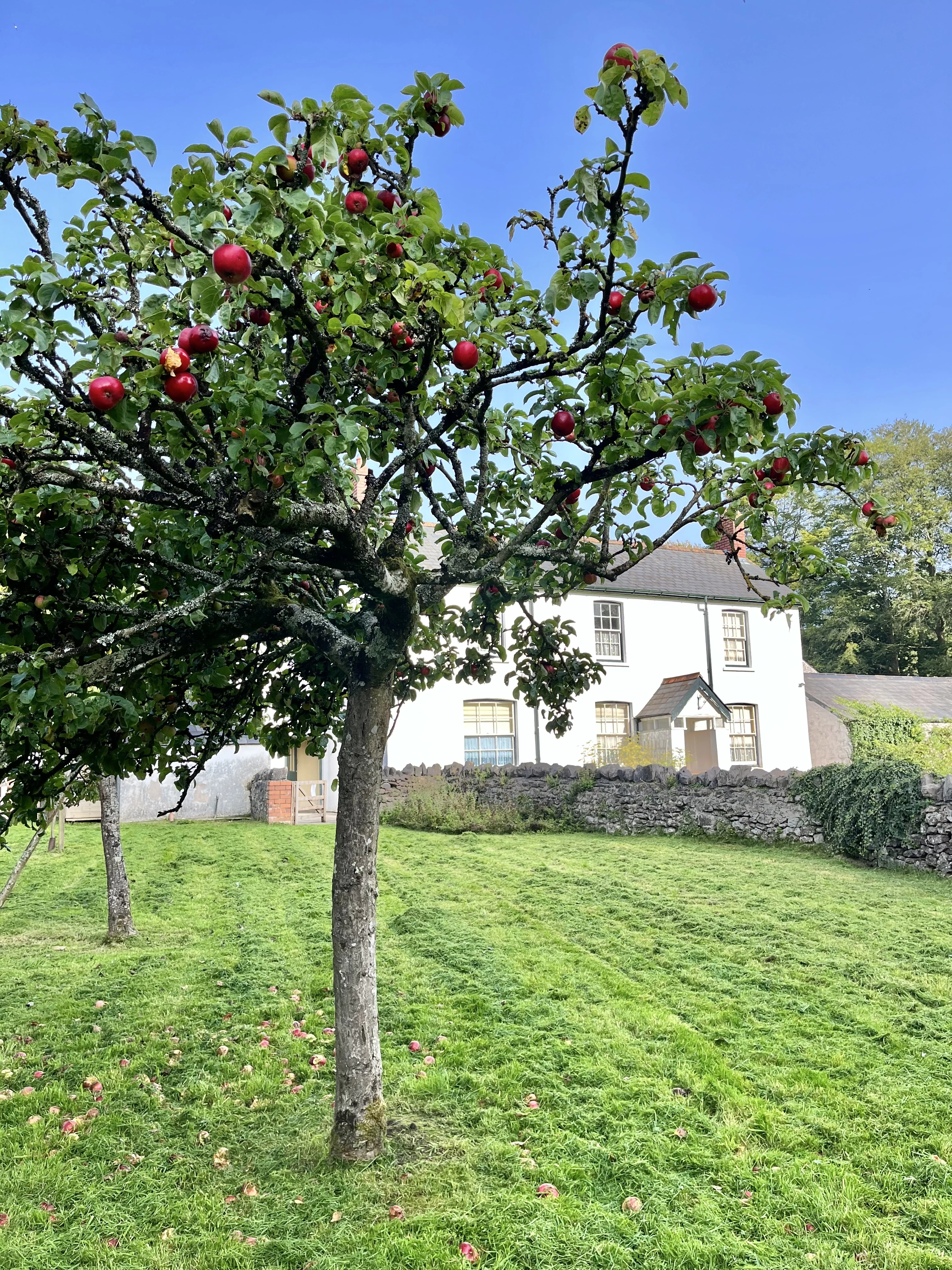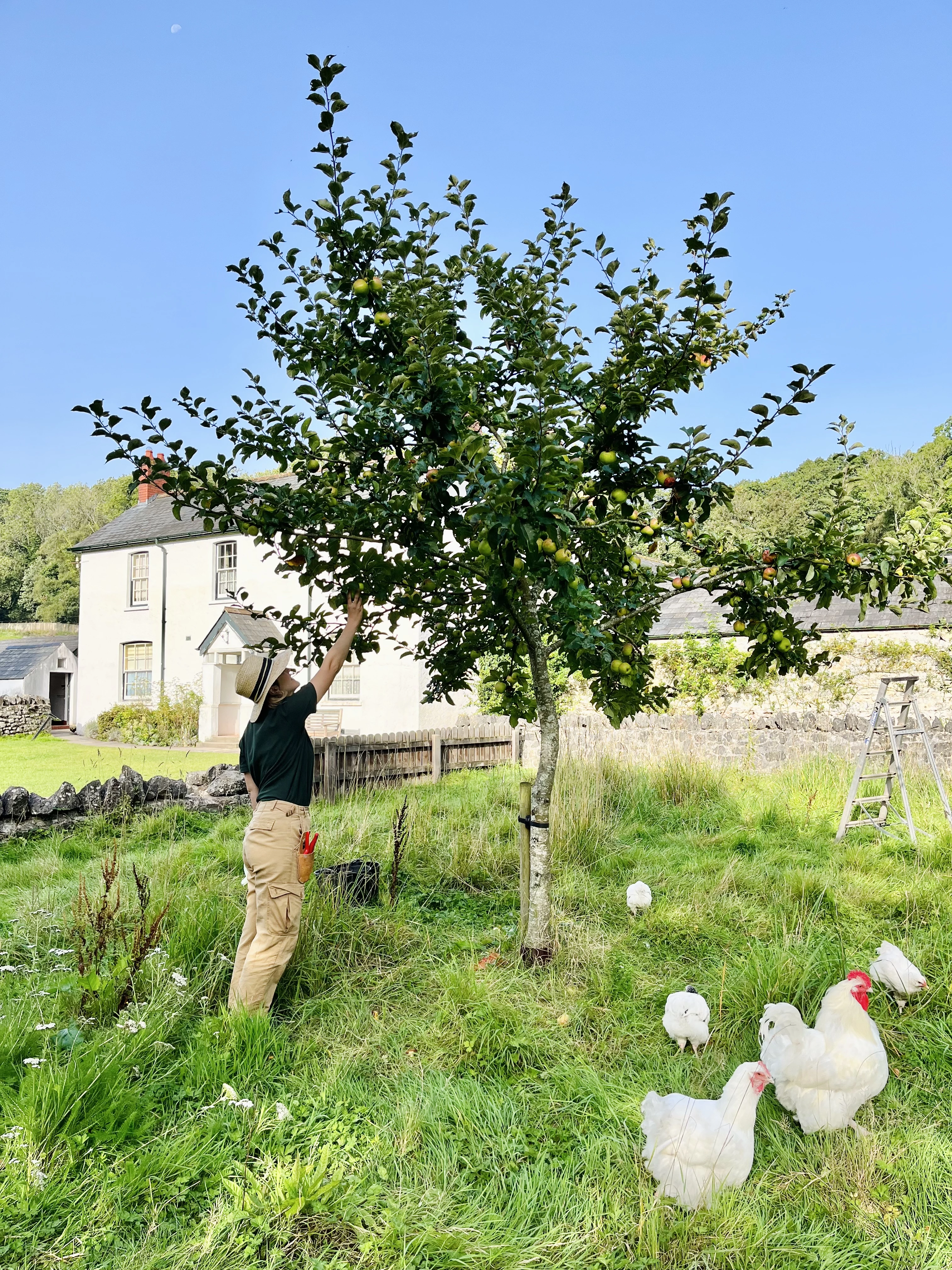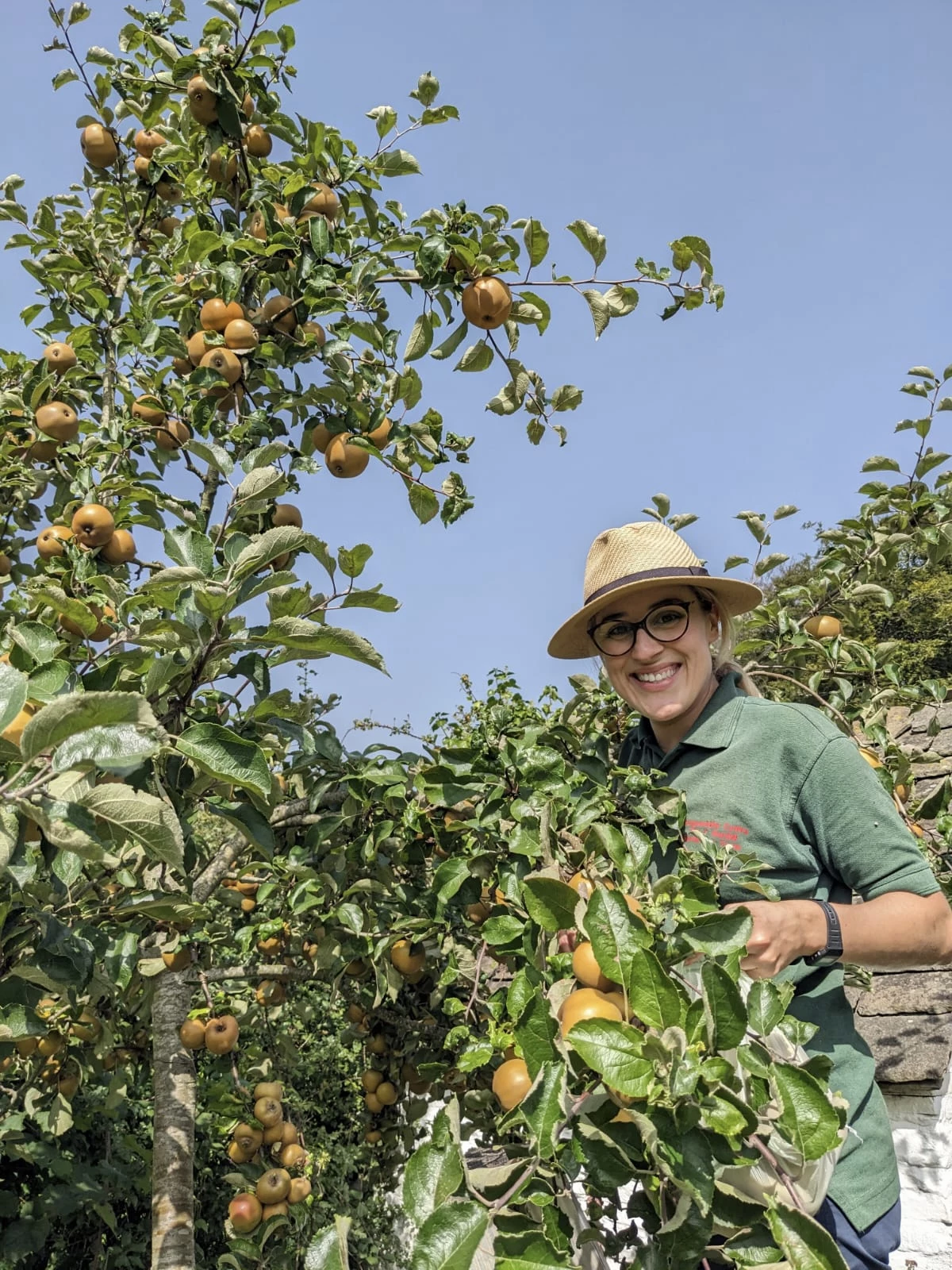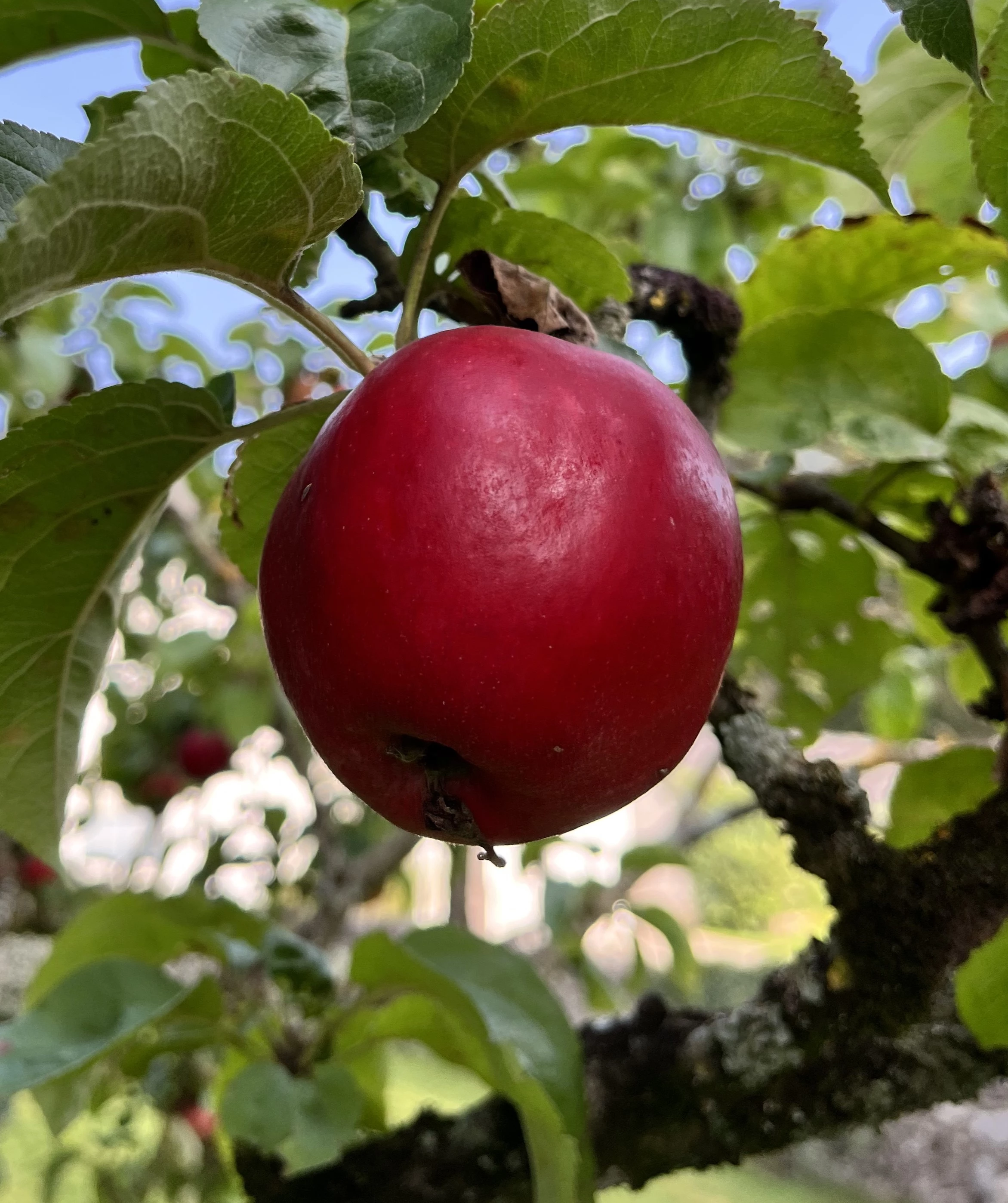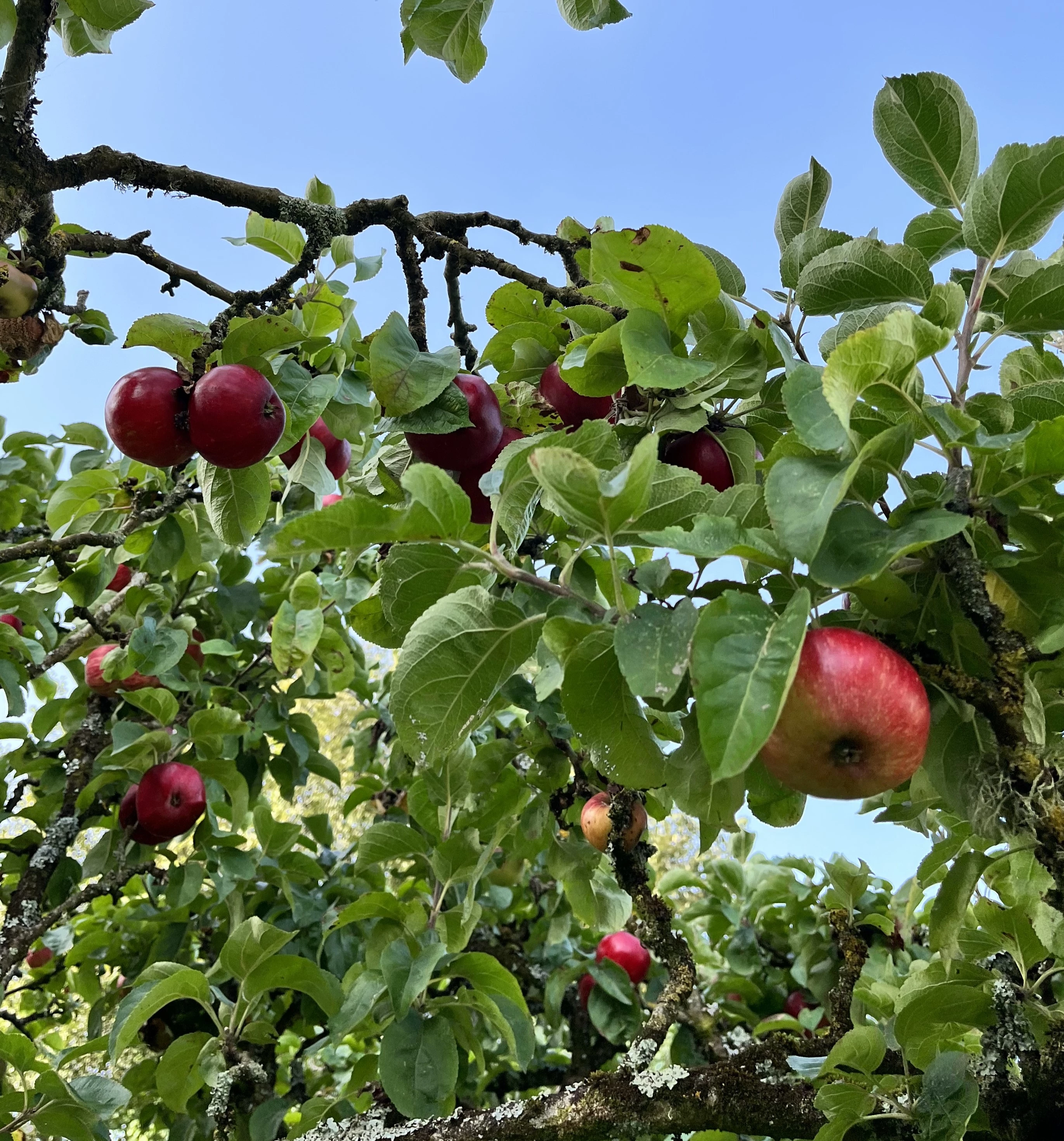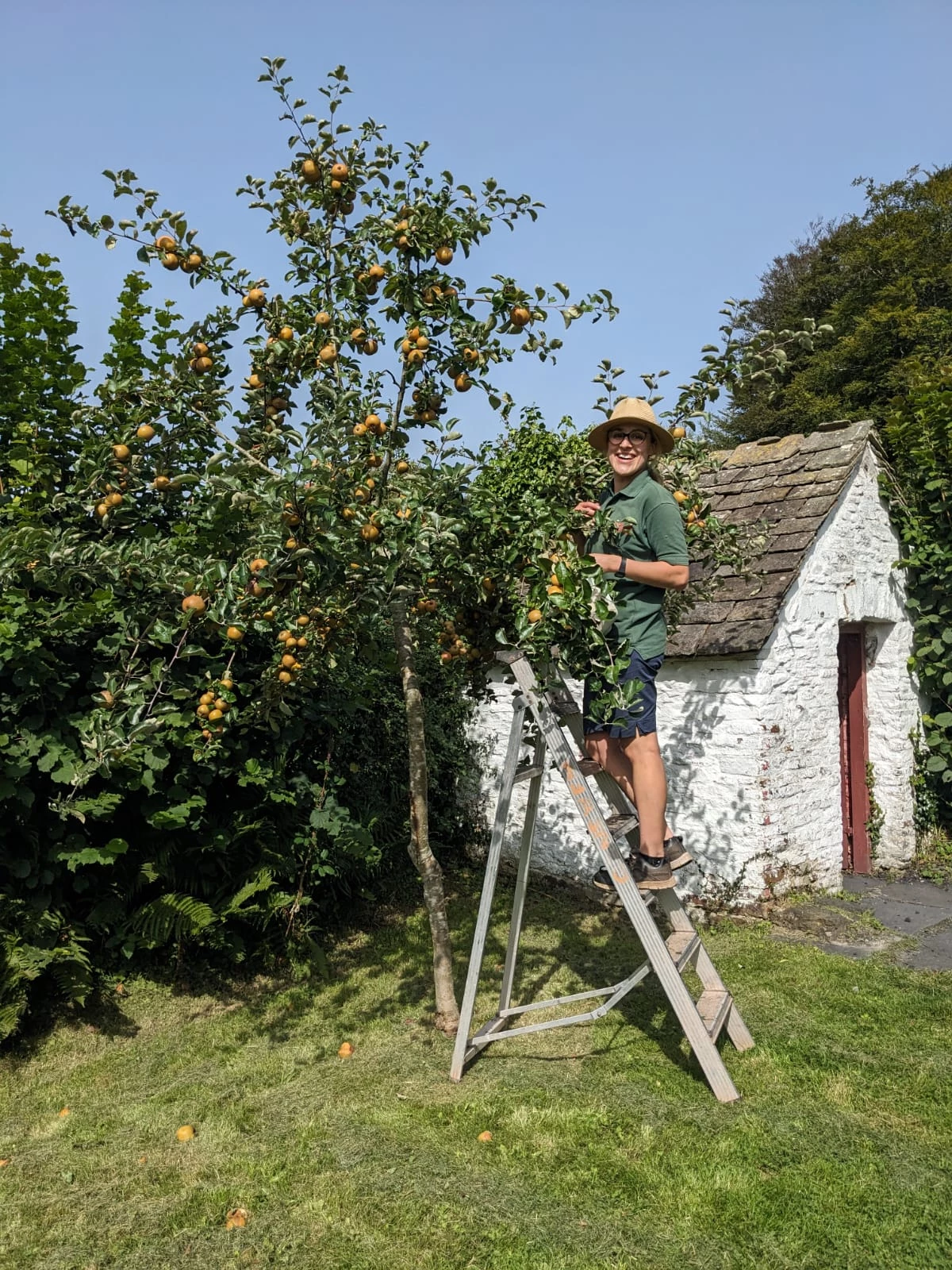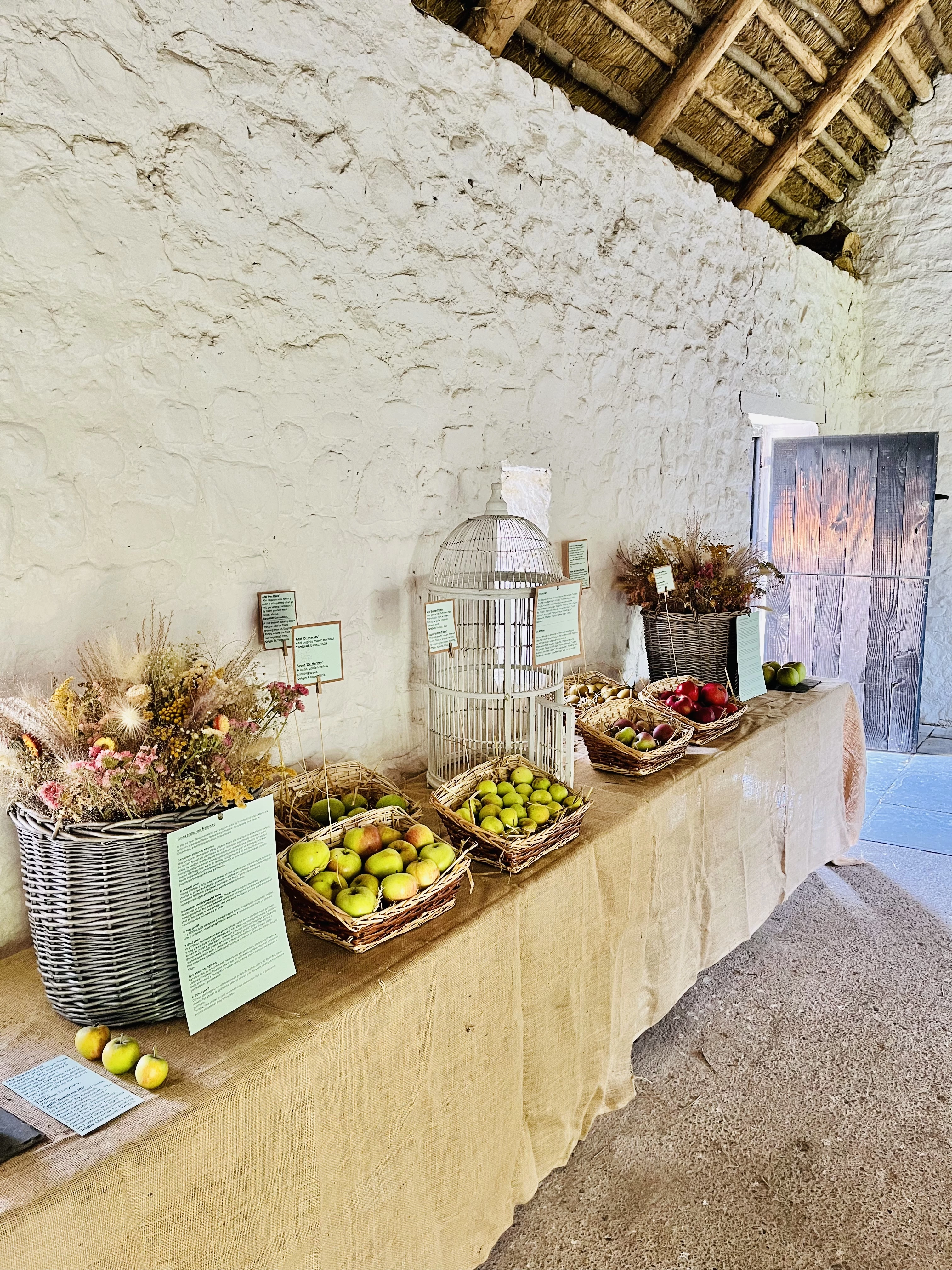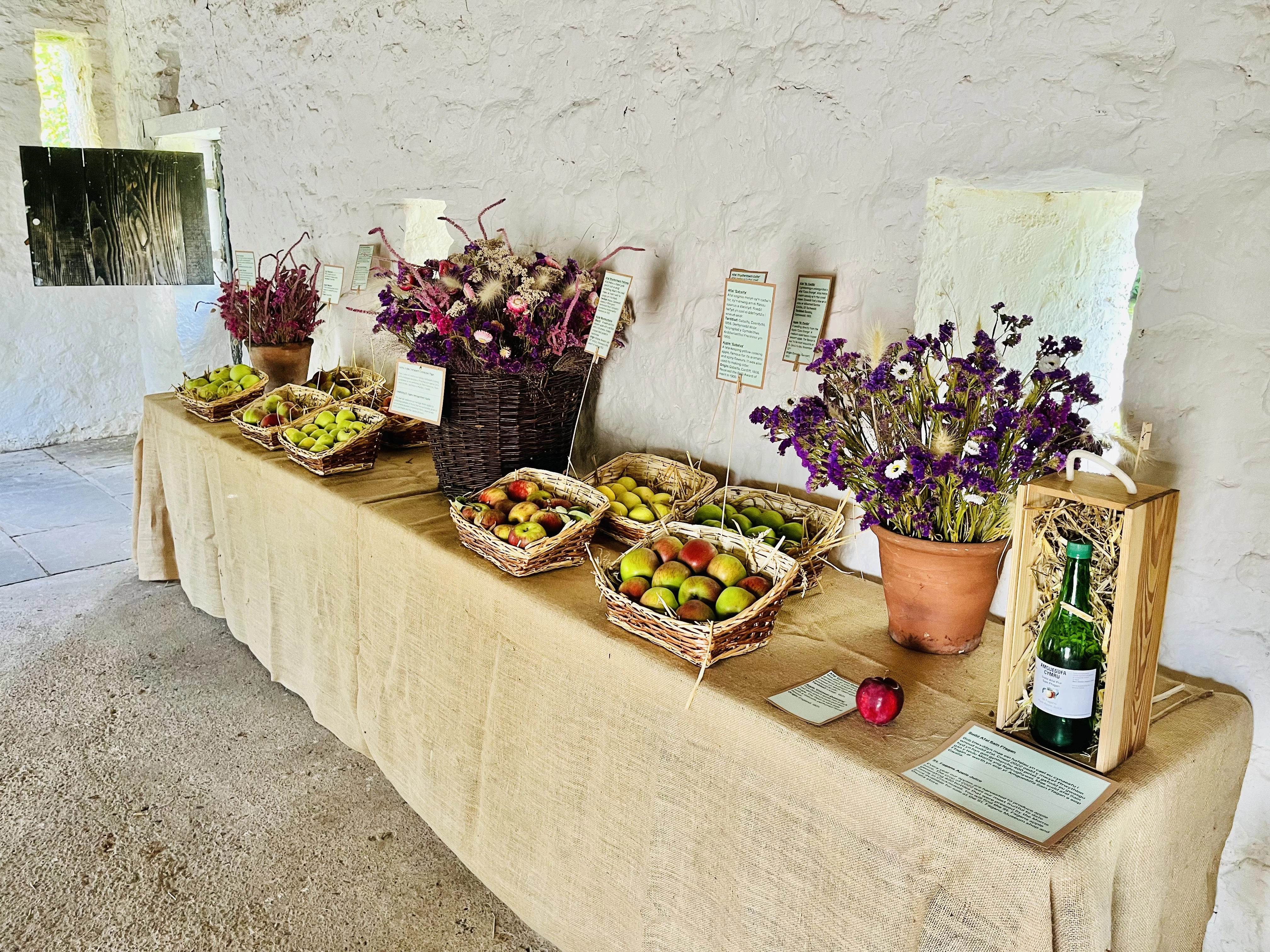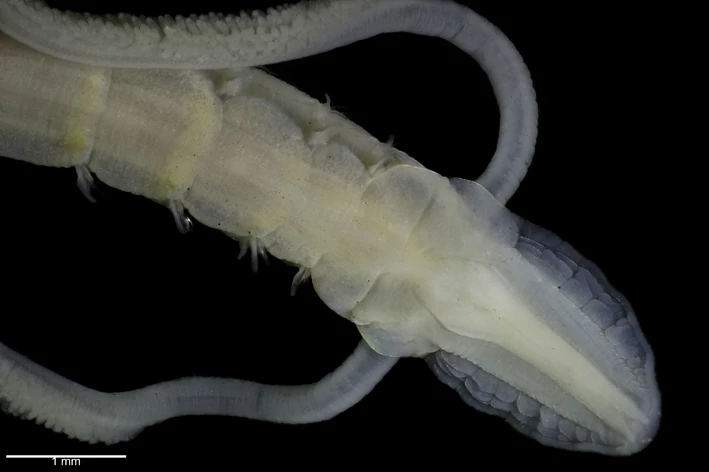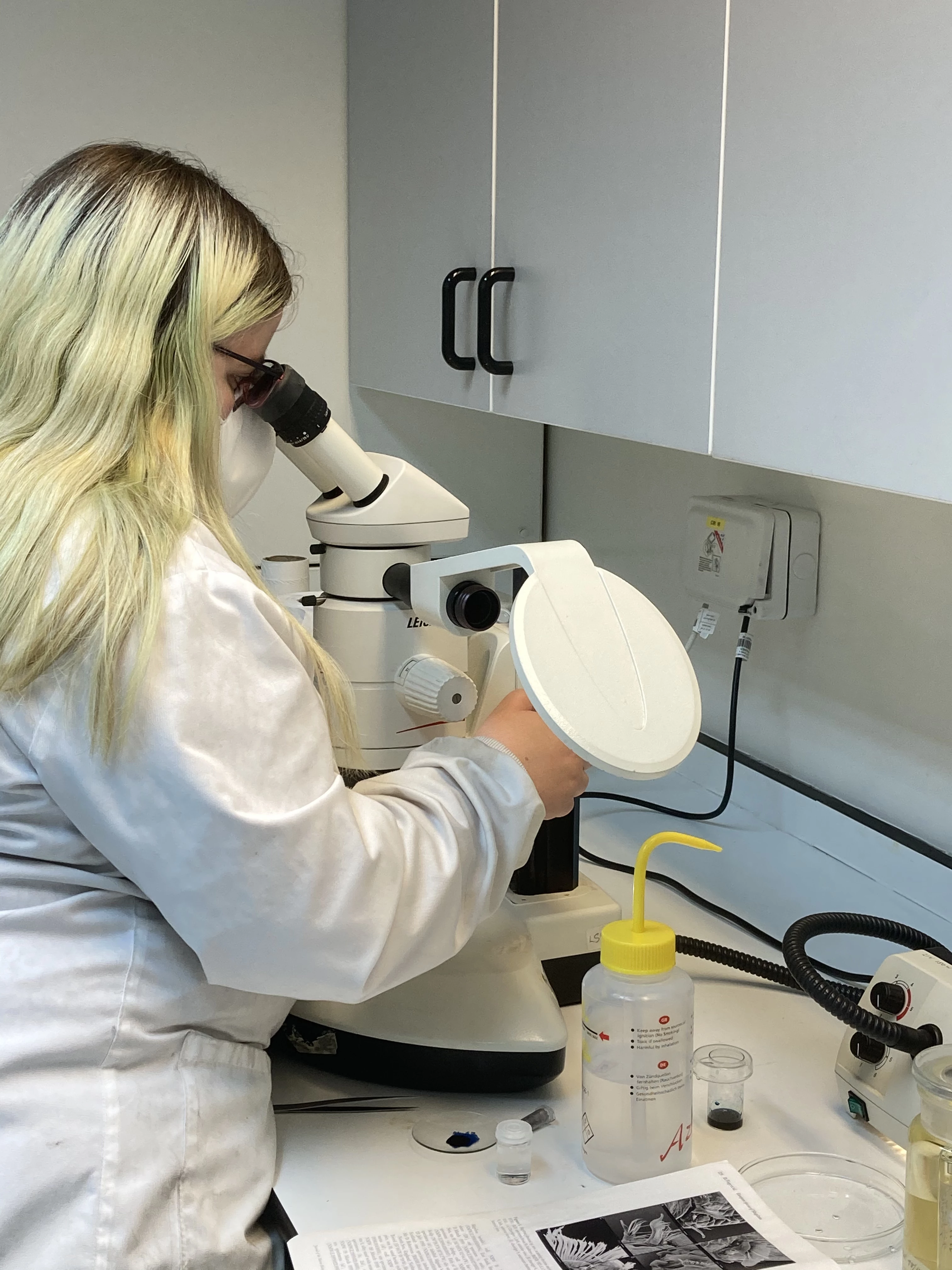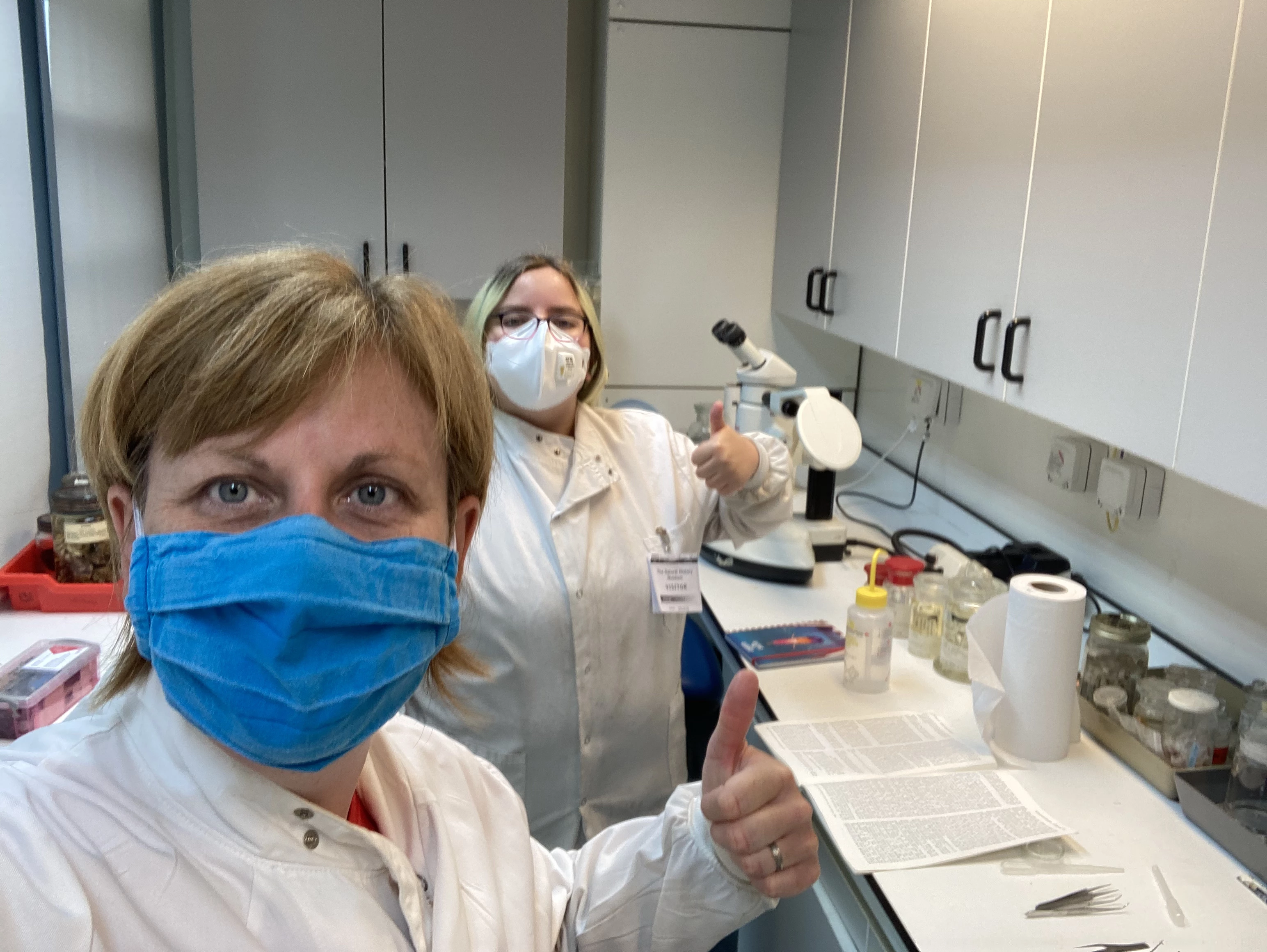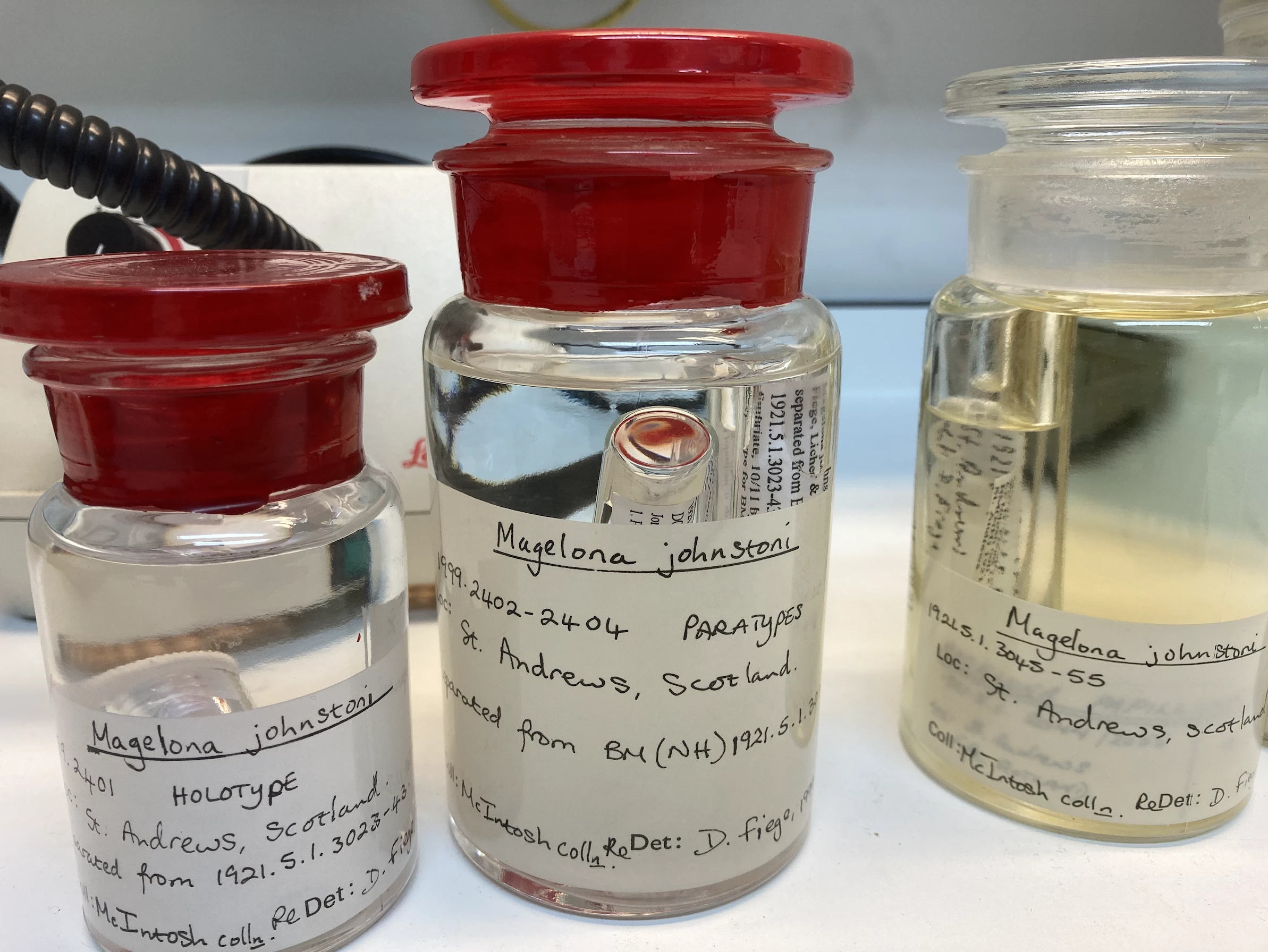The People's Pledge
, 25 February 2024
With the festive season upon us, it's important to consider the privilege it is to be able to celebrate in a time of major conflict and global issues and what part we can play that offers positive steps forward in supporting those most affected across the world.
Because of my background in character design and puppetry, I'm often interested in working on a human scale, perhaps by creating characters or puppets. That's why I thought of designing a workshop where participants create flat figures representing individuals making pledges. The idea was also that these figures could facilitate debates or conversations, symbolising our commitments and exploring scales and proportions. Initially, I even wanted to provide time and space within the workshop for participants to use their characters to discuss their pledges. Inspired by puppetry, participants would embody their characters and articulate their ideas, creating a sense of accountability and encouraging action.
When I think or talk about urgent topics like those that inspired the works exhibited at the Arts Mundi exhibition, I'm always mindful that real people are involved in these massive issues. These individuals might not always be engaged in politics, but they are inevitably affected by it.
While we may feel overwhelmed by the urgency and scale of these issues, as people, we can also use our voices and actions to make pledges - that is the thought behind the title of the workshop ‘People’s Pledges’.
When we did the workshop at Cardiff National Museum during February half term, conversations revolved around being kind to each other, protecting our environment, people protesting on the streets, the right to protest, being open to learning about other cultures, being kind to people in our support circle, anti-consumerism behaviours, and the climate crisis…
Originally designed for adults and intended for the LATES event at the museum, we were unsure about how children and families would respond… It was mostly successful, with some parents engaging in conversations with their children as they designed their characters. However, some parents opted not to participate, thinking that the workshop as mostly for children but the workshop was originally planned with adults in mind. This workshop is open to all ages and everyone is welcome to participate!
We hope to facilitate the workshop again, possibly in an outreach setting, as it creates a great opportunity to discuss how we can effect change and take action in our daily lives. Perhaps we could build a whole community of small characters making pledges marching towards action?!

